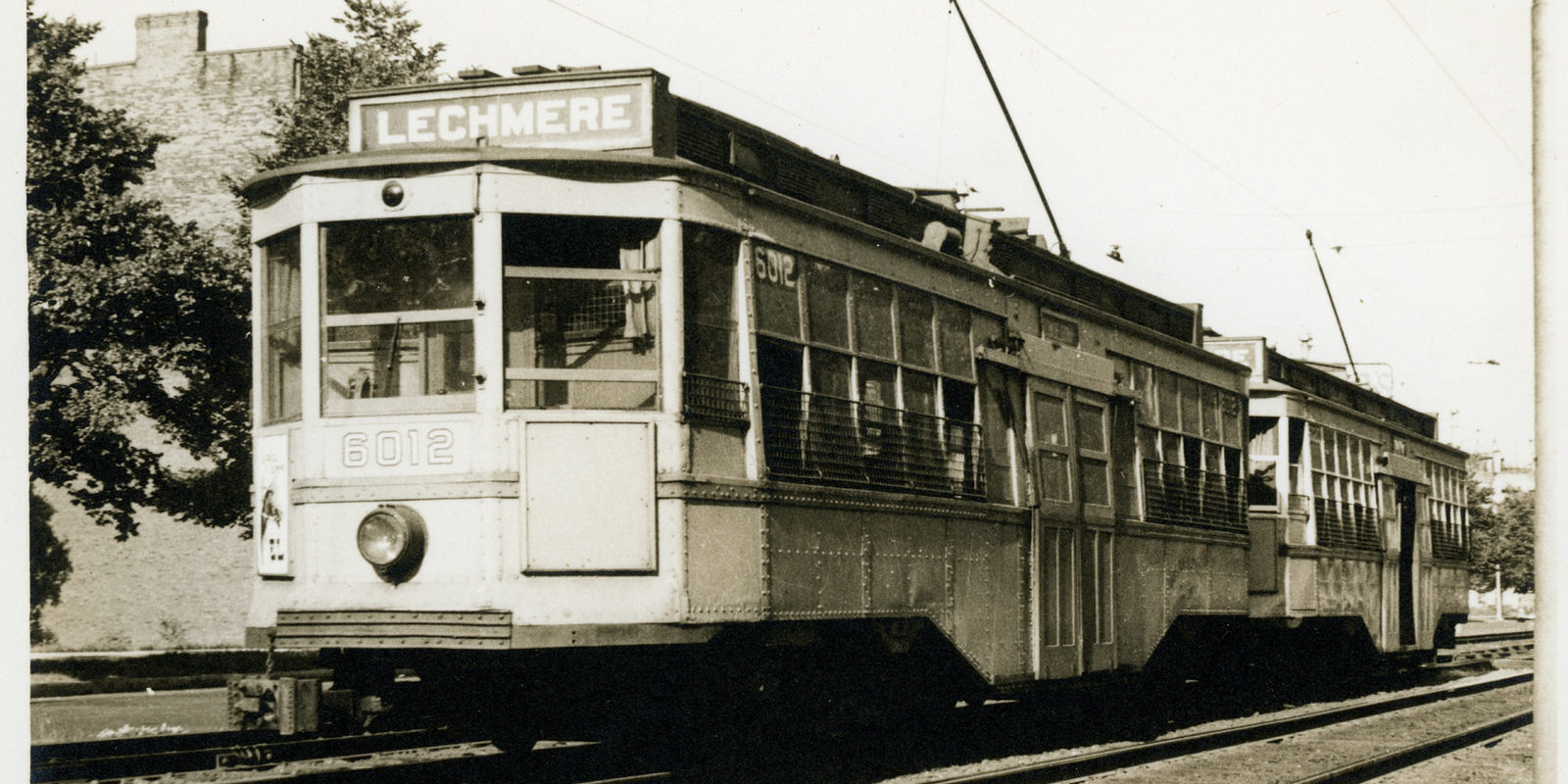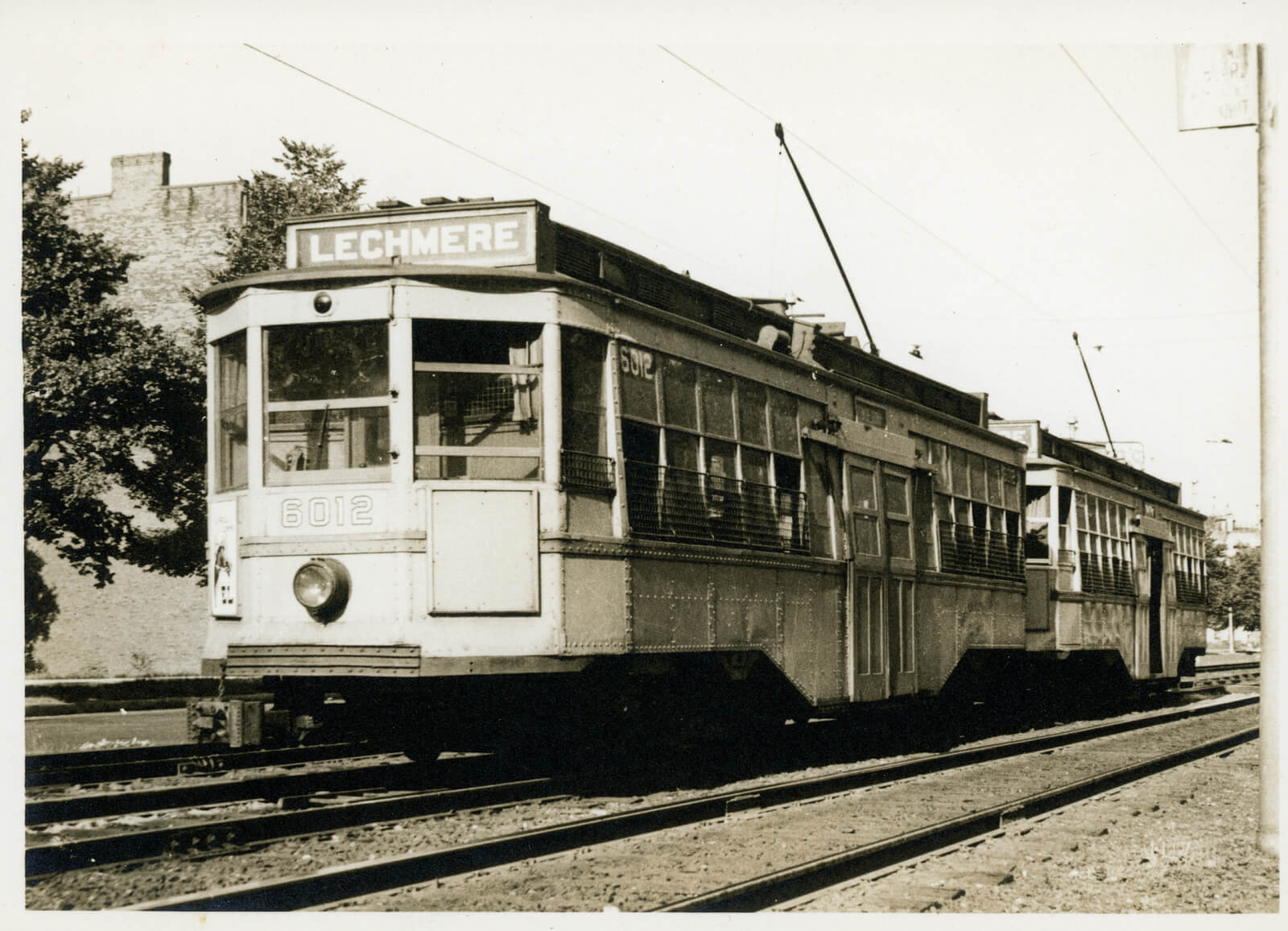From Stagecoach to Subway: The West End Street Railway
Public transportation has shaped life in Boston and its neighborhoods since the first English settlers arrived in the early 17th century. Its evolution over the course of more than 200 years is a fascinating tale of continuously rising demand, financial and logistical challenges, and technological advancements. From Stagecoach to Subway: The West End Street Railway, recounted the phases of development since the 18th century through graphic panels and artifacts like trolley tickets, stock certificates, conductor buttons, tokens, photos and original articles.
Ferries provided the bulk of people-moving in early to mid-18th century Boston. Subsequent major growth in the city’s population and commerce brought increased transportation needs. The ferries were supplemented with improved roads, new bridges and new transportation technology. In 1793, the mile-long West Boston Bridge was built between Boston and Cambridge, making the West End a transit hub. In 1795, a public stagecoach began running across it.
The means of mass conveyance that followed included omnibuses, which were horse-drawn vehicles larger than stagecoaches, and horse railroads, or horsecars that ran over tracks. The West End Consolidation Act of 1887 established the West End Street Railway Company, uniting 20 different horse railroad companies under one umbrella. This led to the creation of one of the largest street railway operations in the U.S. at the time. Among the West End Street Railway Company’s first—and most lasting—reforms: painting railcars specific colors to designate their routes.
In 1889, the West End Street Railway Company introduced Boston’s first electric train railway (or cable car) system and, within six years, the city had electrified nearly all its railroads. System inefficiency and public dissatisfaction prompted the creation of the Boston Elevated Railway and, ultimately, the MTA and MBTA.


